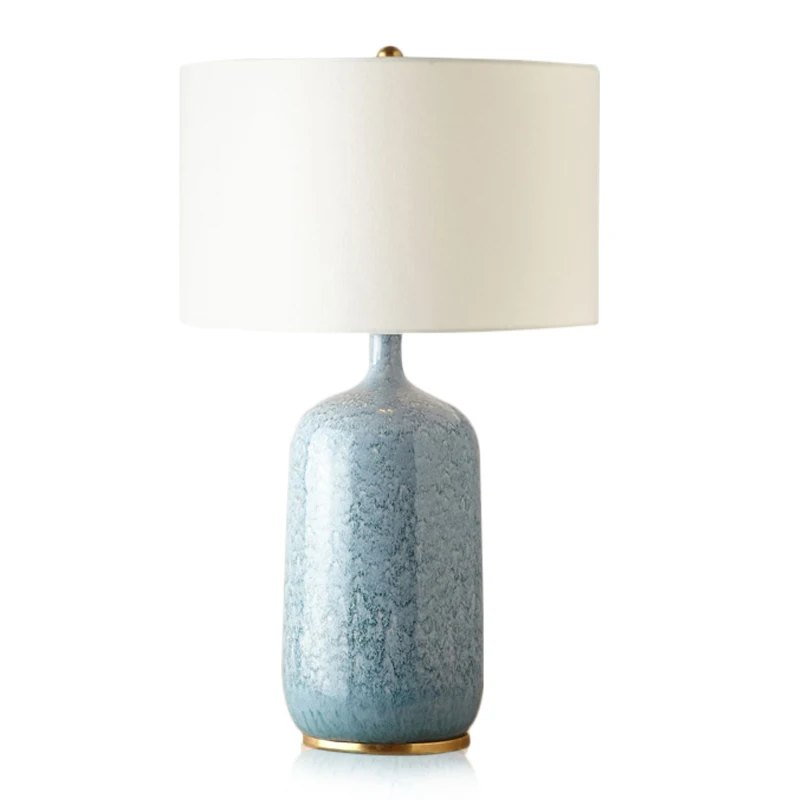
LEAFLETS
PRODUCTS
From Classic to Contemporary A Journey Through the World of Floor Lamps Exploring Diverse Designs and Functional Applications
A Historical Overview: From Victorian Elegance to Modern Minimalism
The earliest forms of floor lamps emerged in the late 19th century, coinciding with the widespread adoption of electricity. Before this, illumination relied heavily on gaslight and candles, limiting the flexibility and placement of light sources. The invention of the incandescent bulb paved the way for taller, more versatile lighting solutions, and the floor lamp quickly became a popular choice. Victorian-era floor lamps often featured ornate bases crafted from materials like brass, bronze, or wood, intricately carved and embellished with decorative elements. These lamps projected an aura of opulence and sophistication, reflecting the prevailing aesthetic sensibilities of the time.
The Art Deco period of the 1920s and 30s witnessed a shift towards geometric forms and streamlined designs. Floor lamps of this era often incorporated chrome, lacquer, and bold geometric patterns, embodying the era's emphasis on modernity and elegance. The functionalist principles of the Bauhaus movement further influenced lamp design, favoring simplicity, functionality, and clean lines. This led to the emergence of more minimalist designs, characterized by their unadorned forms and practical functionality.
Mid-century modernism, prominent in the post-war era, embraced organic shapes and natural materials. Floor lamps from this period often featured sculpted wooden bases, tapered shades, and a focus on integrating lighting seamlessly into the overall interior design. This era showcased a greater focus on ergonomics and user experience, emphasizing both style and comfort.
Exploring Diverse Design Aesthetics
The sheer variety of floor lamp designs is astounding, reflecting the diverse tastes and preferences of consumers. From the classic tripod floor lamp, with its three slender legs providing stable support, to the arched designs offering a graceful curve, each style contributes a unique character to a room. The choice of material significantly impacts the overall aesthetic. Metal lamps, particularly those crafted from brass or chrome, exude a modern and industrial feel. Wooden lamps, on the other hand, offer warmth and a natural touch, seamlessly blending with rustic or bohemian interiors. Wrought iron offers a unique blend of strength and artistic design.
The lampshade plays a crucial role in determining the overall look and feel of the floor lamp. Different shapes, sizes, and materials influence the quality and direction of the light. A large, drum-shaped shade provides ample diffused light, ideal for creating a relaxing atmosphere. A slender, conical shade casts a more focused beam, perfect for reading or task lighting. The material of the shade—linen, silk, paper, or even metal—further impacts the light's quality and the overall aesthetic.
Contemporary designs often push the boundaries of traditional forms, experimenting with innovative materials and unconventional shapes. Some incorporate LED technology, offering energy efficiency and long lifespan. Others integrate smart home capabilities, allowing for remote control and customized lighting settings.
Functional Applications: Beyond Illumination
Floor lamps are more than just sources of light; they serve multiple functional purposes. Their adjustable height and placement allow them to provide targeted illumination for specific tasks, such as reading, crafting, or working. Positioning a floor lamp strategically can enhance the ambiance of a room, highlighting architectural features or creating cozy reading nooks.
In larger spaces, floor lamps can be used to divide areas or create distinct zones. They can supplement overhead lighting, providing a warmer and more intimate atmosphere. In smaller rooms, a strategically placed floor lamp can effectively brighten dark corners or create a sense of depth.
Beyond their primary function, floor lamps can also serve as decorative elements, enhancing the overall style and personality of a room. They can be used to introduce pops of color, texture, or pattern, contributing to a more visually engaging and personalized space. A well-chosen floor lamp can act as a statement piece, drawing the eye and becoming a focal point of the room's design.
The Enduring Appeal of Floor Lamps
Despite the advent of other lighting solutions, floor lamps maintain their enduring appeal. Their versatility, adaptability, and ability to enhance both functionality and aesthetics ensure their continued relevance in contemporary interior design. They provide a flexible and customizable lighting solution, catering to diverse needs and preferences. Their ability to seamlessly integrate into various design styles, from traditional to modern, underscores their enduring charm.
As technology advances and design trends evolve, floor lamps will undoubtedly continue to adapt and innovate. New materials, lighting technologies, and design concepts will shape the future of this versatile lighting fixture. However, their fundamental role—to illuminate spaces and enhance our living environments—will remain constant. The journey from classic to contemporary demonstrates not just the evolution of a product but also the enduring human desire for both beauty and functionality in our homes.
SUBSCRIBE
INQUIRY










